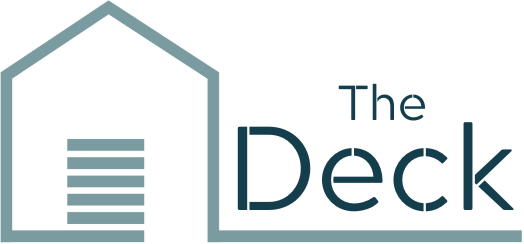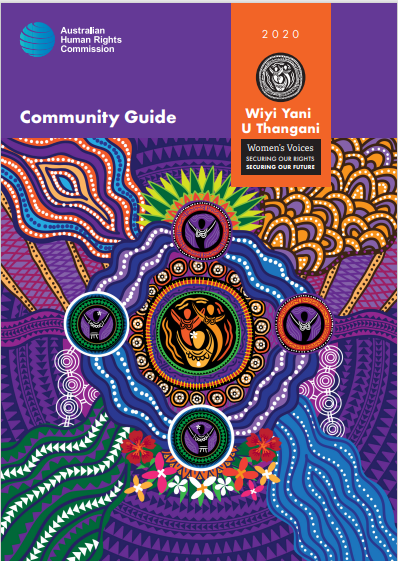Human Rights and we can support the vision for First Nations Gender Justice and Equality in Australia.
We elevate First Nations women’s voices, knowing that they hold the solutions to drive transformative change.
Led by the Aboriginal and Torres Strait Islander Social Justice Commissioner, June Oscar AO, Wiyi Yani U Thangani (Women’s Voices) is a multi-year Report and project set out to capture and respond to the rights, needs and aspirations of First Nations women and girls.
It is the first time since the 1986 Women’s Business Report that First Nations women and girls have been heard as a collective.
Informed by over 2,000 First Nations women and girls, Wiyi Yani U Thangani is a once in a generation Report, providing a well overdue gender-lens across all aspects of life, showing that women are doing the backbone work of society.
This resource offers on every page the stories of women and girls—their strengths, wealth of knowledges and culture, and how to overcome entrenched issues and inequalities and create futures we all dream of.
Wiyi Yani U Thangani provides the evidence that the inequalities experienced by First Nations women and girls are perpetuated and entrenched by mainstream systems and structures that have marginalised the voices of women and girls for generations.
First Nations women and girls are clear: we need large-scale structural change to create a world where the unique cultural, social, economic and political rights and interests of First Nations women and girls are realised.
We need First Nations gender justice and equality.
One of the outputs of this work is The Community Guide. It sets out the major findings and cross-cutting themes that are explored in detail in the Report, and the seven overarching recommendations to address cross-cutting systemic issues of marginalisation, trauma and intersectional discrimination, and to fundamentally shift how Australian Governments engage with First Nations women and girls.


